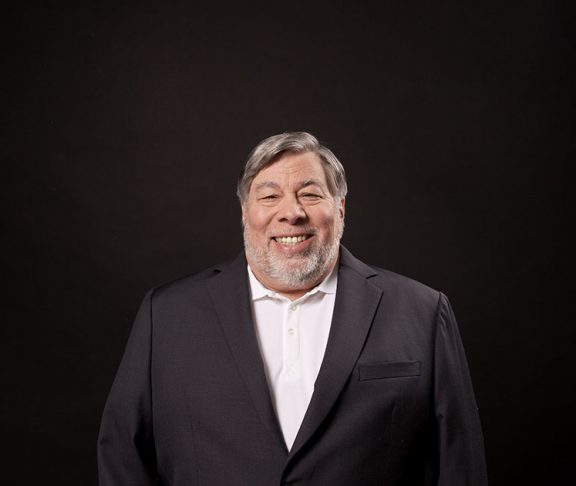The U.S. Bureau of Labor Statistics reported there will be 15 percent more American STEM jobs by 2029. Apple co-founder Steve “Woz” Wozniak and Woz ED CEO Karen Young explain how this can create an opportunity to break the poverty cycle through K-12 education.
How does the digital divide during the early years of K-12 students affect their lives as professional adults?
If learners miss the opportunity to develop an engineering mindset and computational thinking, they are less likely to benefit from technology as a consumer and/or contributor. We need to bridge the gap between current instructional design and the skills employers seek. It isn’t just about providing devices but teaching them to use technology in ways that will benefit them in the future.
What are you and your organization doing to help give access to underserved communities when it comes to education technology?
We analyzed the barriers to technology integration in underserved schools and built solutions into the product design. We can prepare a teacher to facilitate this work in two hours or less.
Our current education system is pressured to help children get the right answer as quickly as possible. That is not how engineers work. Mistakes don’t equate to failure; they are a critical piece of learning. STEM education is an important tool for breaking the cycle of generational poverty.
Who has stood out as a leading advocate for increasing access to technology?
Northeast Florida Regional STEM2 Hub is an outstanding example. Dr. Kathleen Schofield incorporates an approach to this work and touches every level from legislation to the classroom. This approach has led to equitable access and opportunities during the school day, leading to increases in graduation rates and achievement.

How does access to technology early in life open various opportunities? Can you share insight as to what those opportunities look like as an alternative to going to college?
It benefits our young people whether they write the next great novel or create an innovation that changes the world like Woz did. A tech worker is always in beta. Learning how to learn in this context produces adults who can assimilate advances and fuel innovation.
Elon Musk said he didn’t care if you graduated from high school if you have a deep understanding of AI. Let’s start building understanding in kindergarten and build on that foundation for 12 years.
Bill Gates, Larry Ellison, and Steve Jobs did not graduate from college. Woz graduated 10 years after founding Apple. A college degree is no longer a guarantee of success nor relevant to some career endeavors.
Sixty-one percent of those polled by BestColleges said they would go back and change their majors if they could. Woz believes children should discover what they love and are good at in a context of future work opportunities.
Why is it important to expose students to non-traditional career paths at a young age and open their education toolkit to other subjects beyond the traditional core curriculum?
Students who lack rich, early learning experiences are likely to struggle with traditional subject matter. STEM is cognitively complex yet engaging. Students master geometric concepts when piloting a drone, learn algorithmic thinking through block-based coding, and build an authentic context for calculus through data analysis.
What does a successful plan look like for an underserved school to get technology?
The pandemic improved access to devices but infrastructure is far behind. Federal funds can be used for STEM programs, but are typically used for remedial reading and math instruction. In 2018, teachers in K-3 reported spending 18 minutes a week teaching science. Perhaps we should reexamine the efficacy of our current practice and the relationship to the workplace.

